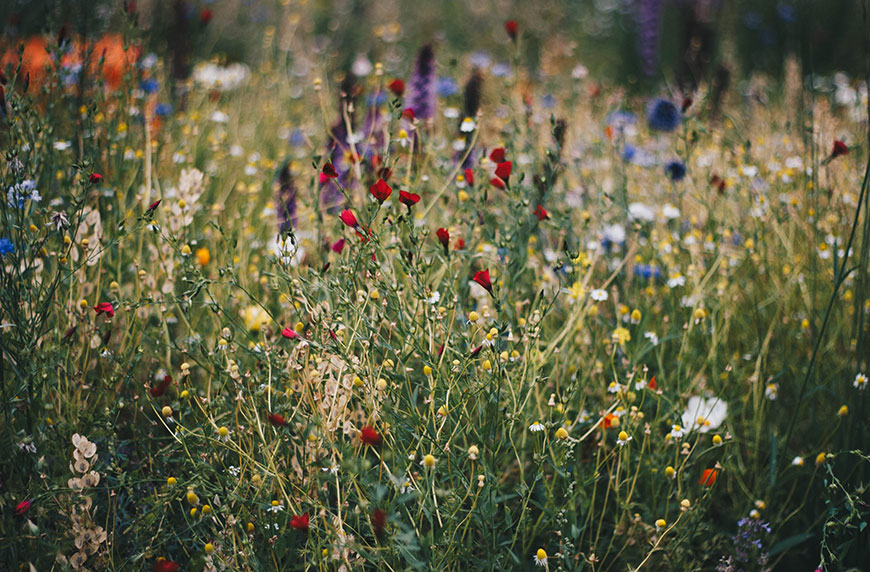How to Make Pollinator-Friendly Seed Bombs for Your Backyard Bees
Making seed bombs can be beneficial to bees and other pollinators. Learn how to go about it, step by step, with these simple instructions.

Published
There are many different ways to help save the bees. You can avoid using harmful chemicals in your yard, choose organic produce whenever possible, and even create a bee bath. But one of the easiest is making your space more pollinator-friendly, and that's where seed bombs come in.
Seed bombs—also called pollinator pods—are clay- and compost-covered balls packed with wildflower seeds that can be planted with the hope of providing a vital food source for bees and other pollinators, like butterflies and hummingbirds. Once sprouted, those flowers produce nectar and pollen, giving bees sustenance to fuel their energy and survival.
Aside from providing bees and pollinators with a food source where they may not otherwise have one, seed bombs also have the ability to create vibrant, eco-friendly landscapes. Picture strolling through your neighborhood, unexpectedly encountering a burst of vibrant wildflowers that once inhabited nothing but barren soil.
Getting the Whole Family in on the Fun

While making seed bombs is a relaxing solo activity, it's also a great opportunity to teach your kids about the environment and nurture their adoration for the planet from a young age. Plus, what kiddo doesn't love playing in the dirt?
Creating seed bombs is a sensory activity—one that benefits them and the world around them. First, the activity serves as an entry point for communication. You can discuss the importance of bees and how you're providing them with a vital food source. It also provides a hands-on experience as they assemble the soil, clay, and seed balls, which promotes fine motor skills.
Lastly, making seed balls instills a sense of responsibility that can feel empowering. Not just on the day of the activity, but also as they watch the wildflowers sprout and are able to observe the results of their efforts.
How to Make Seed Balls for Bees

Ready to make some seed balls of your own to attract pollinators to your yard? Here's exactly how to go about the project, according to the North Carolina Zoo.
What You'll Need:
1 cup pollinator-friendly, native wildflower seeds
5 cups compost or potting soil
2-3 cups clay soil
Water
5 cups compost or potting soil
2-3 cups clay soil
Water
Instructions:
1. Start by combining the compost or potting soil, clay soil, and seeds in a bowl. Mix all the materials together with your hands.
2. Slowly mix in water using your hands until the mixture melds together and you're able to start shaping it into balls.
3. Toss the pods into bare spots in your yard that could use a burst of pollinator-friendly wildflowers. Or place the pods on top of the soil in flower pots.
4. Water as needed and watch your wildflowers bloom.

Are Bees Endangered in 2023? At-Risk Species and What's Causing a Decline
Are bees endangered? Here are the species currently at risk, the cause of the bee decline, and what happens if bees go extinct.

8 Ways to Save the Bees—and Why They're Important to the Planet
Bees play a critical role in the health of the planet, its ecosystems, and people. Here are some simple ways you can help save the bees.

2 Flowers for Bees: The Best Options for Attracting Pollinators
Want to help save the bees? Plant these flowers for bees that attract pollinators to your garden. Think sunflowers, rosemary, and more.

